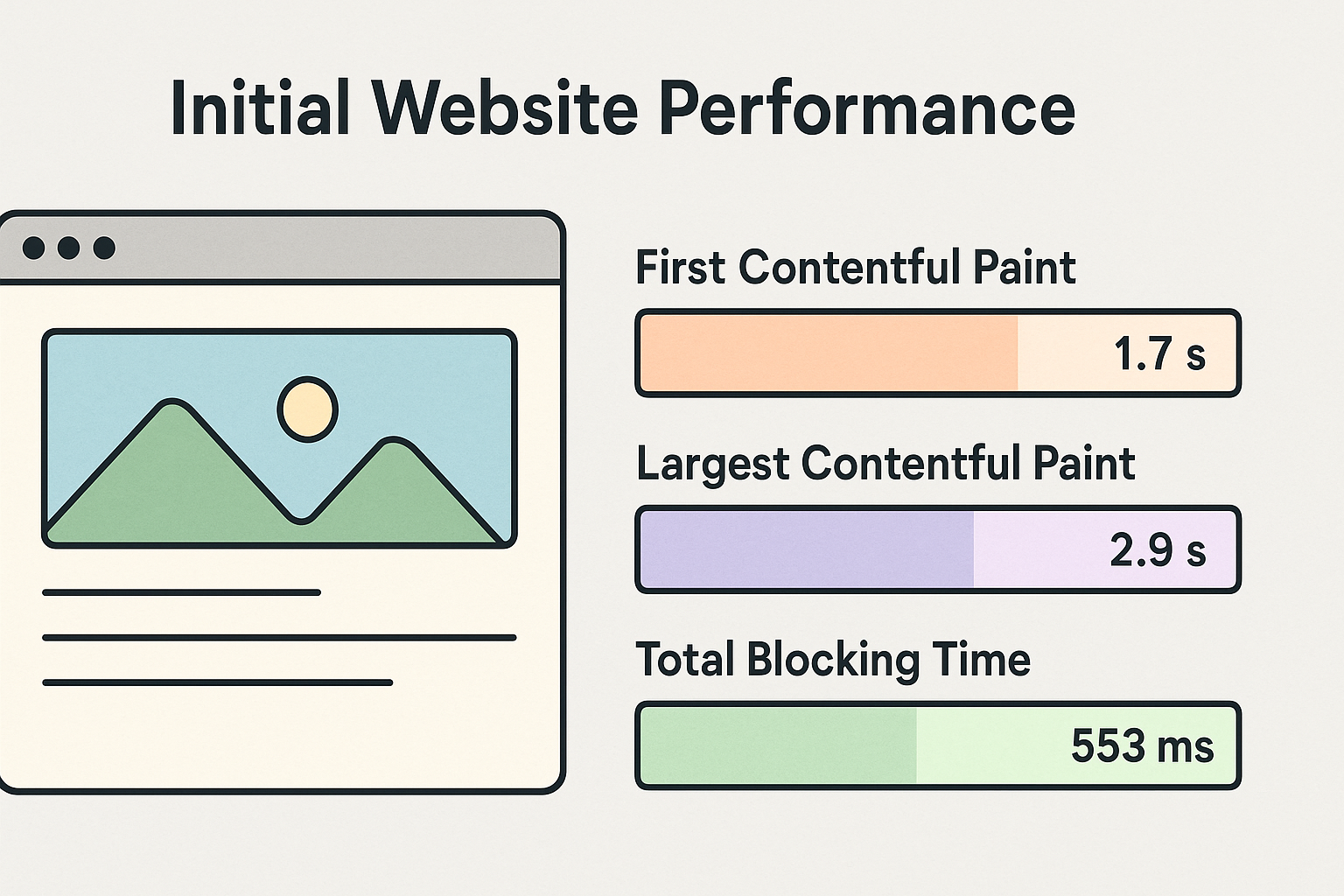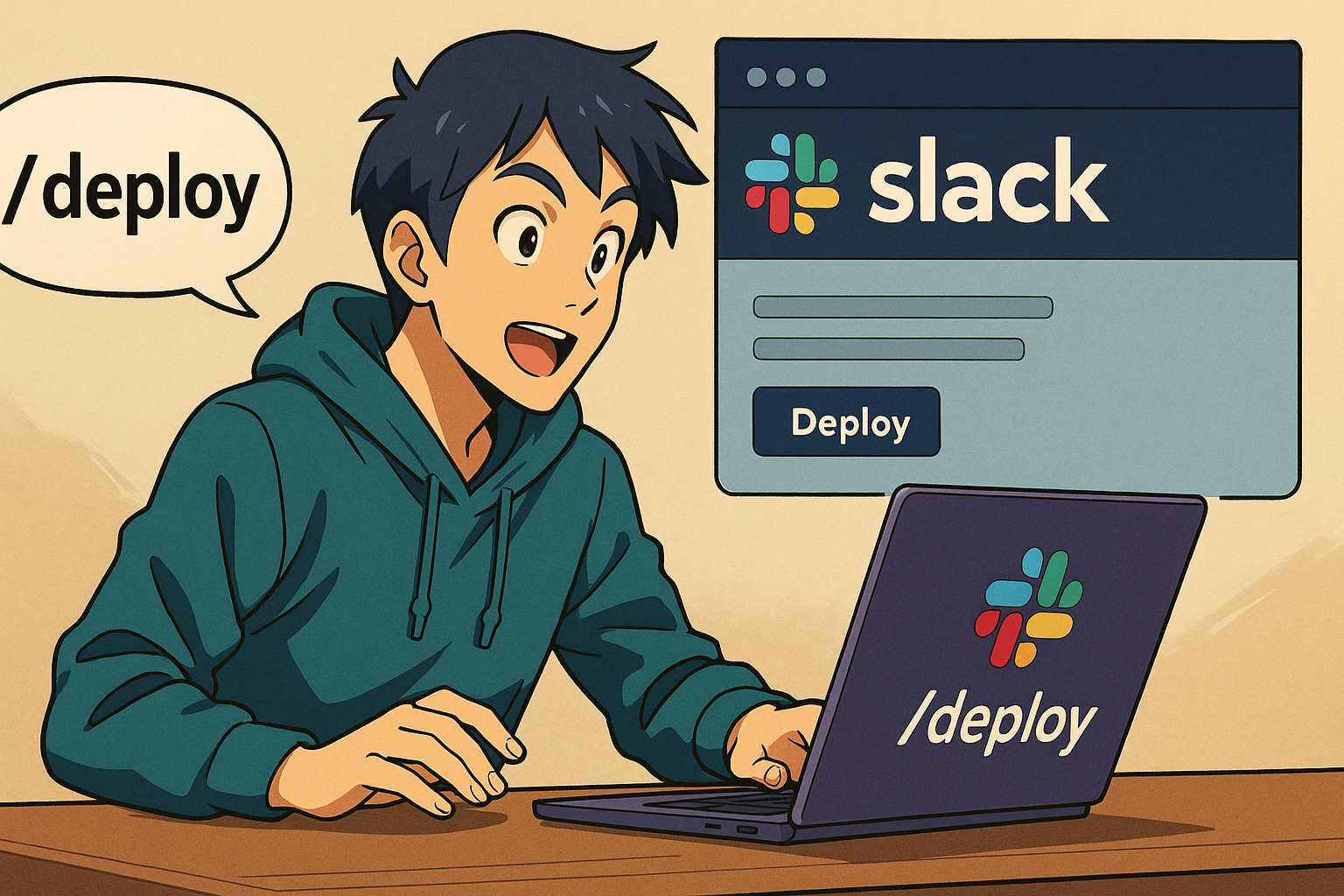After the migration of our main app was completed and Datadog was set up on our frontend, we started receiving a lot of errors, warnings, and debug messages on our DD dashboard. At some point, our CTO asked why we were using Dev mode in our production environment.

When we were asked why Dev mode was enabled on production, to be honest, I was not aware of this behavior. What I heard from the team was that they needed it that way to allow debugging their local environments, which didn’t make too much sense when talking about production. After our conversation, I was put in charge of fixing the issue, and what I found was that, by default, it was set to development mode and all the builds were using the same configuration.




